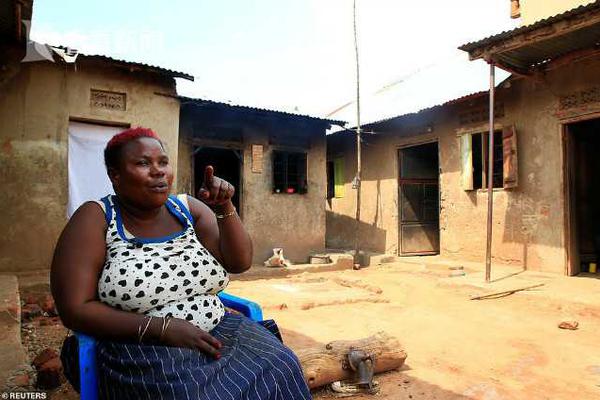|
Prison bars
Few,will replacing carpet get rid of bed bugs if any, names are as well-known in the annals of Connecticut jurisprudence as that of James “Chip” Smith. Even those practitioners who never venture into the bowels of the criminal courts are aware of his name and the seminal holding of the Connecticut Supreme Court regarding instructions to the jury on the deliberative process. Fewer are aware of the role that Father Michael McGivney, founder of the Knights of Columbus, played in that case. 
On the evening of Dec. 28, 1880, Smith, in a drunken state, got into a physical confrontation with Ansonia Police Chief Daniel J. Hayes on that town's Main Street. Smith’s father had heard that his son was in possession of a pistol and asked Hayes to take his son into custody. 
Ironically, Smith had been out drinking that evening with the brother of Hayes. A struggle ensued and Hayes was mortally wounded. Smith was arrested and charged with murder. Among the claims at trial, Smith contended that the fatal wound was from Hayes’ own weapon not Smith’s gun. After a high-publicity trial in New Haven, Smith was convicted of murder in the first degree in April 1881 and sentenced to die. 
McGivney, a parish priest assigned to St. Mary’s Parish on Hillhouse Avenue in New Haven, was no stranger to the New Haven jail. He regularly offered support to those imprisoned. He took a particular interest in Smith and extensively counseled him during his incarceration. Smith publicly acknowledged in a press report the efforts of McGivney and Smith’s respect for him.
The appeal of Smith’s conviction was decided by the Connecticut Supreme Court in December 1881. In affirming the conviction, the court approved a jury instruction given by the trial court which, inter alia, instructed those jurors in the minority position to reconsider their view in light of the views of their majority fellow jurors. Since that day, that instruction, which was somewhat modified by the Supreme Court in 2002, has been known as the “Chip Smith” charge. It is frequently employed when a jury reports it is deadlocked in deliberations.
Smith’s execution was set for Sept. 1, 1882. Efforts to save his life by his counsel, including an appeal for clemency to the governor, would be to no avail. McGivney was a daily visitor to Smith during the course of that summer, ministering to his needs. As the date of execution approached, McGivney spent most of his days with the prisoner, who appeared to many to have undergone a dramatic beneficial change in his heretofore surly attitude and had adopted a calm acceptance of his impending fate.
After celebrating mass, Chip Smith and McGivney walked to the gallows together. At 10:30 a.m. on the morning of Friday, Sept. 1, 1882, Smith was executed. In bequeathing his simple possessions, Smith chose to leave the priest a plant which at the time of Smith’s death was blooming in his cell.
View comments
|